-
 Bitcoin
Bitcoin $119300
2.40% -
 Ethereum
Ethereum $4254
-0.20% -
 XRP
XRP $3.184
-1.38% -
 Tether USDt
Tether USDt $1.000
0.00% -
 BNB
BNB $803.9
0.58% -
 Solana
Solana $183.1
1.50% -
 USDC
USDC $0.0000
0.01% -
 Dogecoin
Dogecoin $0.2339
-2.87% -
 TRON
TRON $0.3384
0.88% -
 Cardano
Cardano $0.8018
-0.29% -
 Hyperliquid
Hyperliquid $45.13
3.14% -
 Chainlink
Chainlink $22.10
0.96% -
 Stellar
Stellar $0.4439
-0.94% -
 Sui
Sui $3.875
-0.73% -
 Bitcoin Cash
Bitcoin Cash $570.7
0.24% -
 Hedera
Hedera $0.2589
-2.90% -
 Ethena USDe
Ethena USDe $1.001
-0.01% -
 Avalanche
Avalanche $23.83
-1.73% -
 Litecoin
Litecoin $123.8
2.61% -
 Toncoin
Toncoin $3.351
-1.13% -
 UNUS SED LEO
UNUS SED LEO $9.103
1.13% -
 Shiba Inu
Shiba Inu $0.00001356
-1.40% -
 Uniswap
Uniswap $10.93
-0.19% -
 Polkadot
Polkadot $4.057
-1.97% -
 Dai
Dai $1.000
0.01% -
 Cronos
Cronos $0.1646
4.66% -
 Ethena
Ethena $0.7974
8.11% -
 Pepe
Pepe $0.00001208
-2.89% -
 Bitget Token
Bitget Token $4.445
-1.70% -
 Monero
Monero $268.8
-2.00%
What does NGMI mean in the NFT community?
NGMI, or "Not Gonna Make It," is crypto slang used to critique poor decisions in NFT and crypto trading, often highlighting lack of patience, security lapses, or bad timing.
Aug 10, 2025 at 04:15 pm
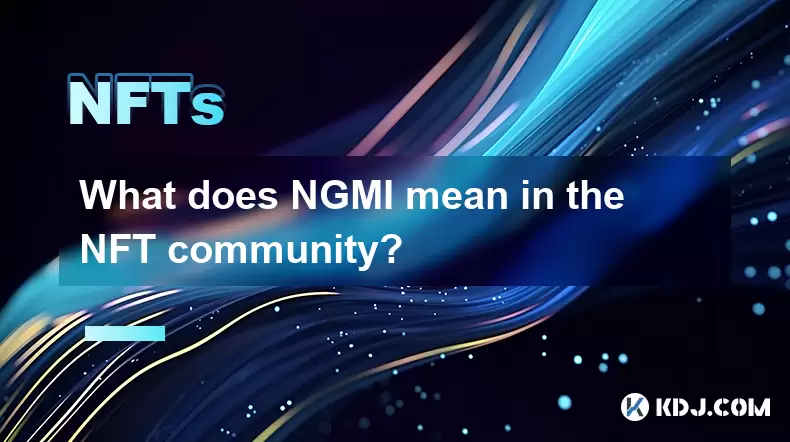
Understanding the Origin of NGMI in Crypto Slang
The acronym NGMI stands for "Not Gonna Make It" and has become a widely used expression within the NFT community and broader cryptocurrency circles. It originated from online forums, particularly 4chan and Reddit, where users engaged in speculative trading and discussions around digital assets. Over time, it transitioned into Discord servers, Twitter (X), and Telegram groups as a shorthand critique of poor decision-making in the volatile world of NFTs and crypto investments. The phrase is often used sarcastically or judgmentally to label individuals who sell too early, fall for scams, or misunderstand market trends.
When someone claims another person is "NGMI," they are implying that the individual lacks the foresight, patience, or strategic thinking necessary to succeed in the high-risk environment of NFT trading. For instance, selling a blue-chip NFT collection during a market dip for a small loss might prompt others to label that action as NGMI behavior, especially if the asset later rebounds significantly. The term is not just about financial outcomes—it also reflects cultural alignment within the community, where holding through volatility and believing in long-term value are highly valued.
Contextual Usage of NGMI in NFT Trading
In the NFT marketplace, timing and strategy are critical. Users frequently encounter scenarios where NGMI is applied:
- Someone mints an NFT at launch but sells it minutes later for a slight profit, missing out on exponential growth.
- A collector fails to verify a smart contract and sends funds to a phishing site, losing their investment.
- An investor dumps their holdings during a market panic, only to watch prices recover and surge.
In each case, the community may respond with "NGMI" to highlight what they perceive as a lack of conviction or poor judgment. The term is often accompanied by memes or emojis, such as the "diamond hands" versus "paper hands" dichotomy. Diamond hands symbolize resilience and belief in an asset’s value, while paper hands represent weakness and early exit—both concepts closely tied to whether one is considered "GMI" (Gonna Make It) or NGMI.
It's important to recognize that NGMI is not always used maliciously. Sometimes, it serves as a cautionary label, reminding others to do their own research (DYOR) and avoid impulsive actions. However, it can also be weaponized to belittle newcomers or justify elitist attitudes within the space.
How NGMI Relates to Community Culture and Hierarchy
The NFT community operates on a hierarchy of credibility, often determined by early adoption, successful flips, and public wallet transparency. Those who bought into projects like CryptoPunks or Bored Ape Yacht Club (BAYC) before they gained mainstream attention are celebrated as pioneers. Conversely, those who exited early or missed key opportunities are labeled NGMI, reinforcing a culture where timing and persistence are equated with intelligence and foresight.
This cultural dynamic plays out in Discord voice chats, Twitter threads, and live minting events. During a high-demand mint, users who fail to secure a token due to gas wars or technical errors might be mocked with NGMI comments. Similarly, individuals who question the value of a hyped project may be dismissed as NGMI, regardless of whether their skepticism is valid. This creates an environment where conformity and FOMO (fear of missing out) are often rewarded, while critical thinking can be misinterpreted as weakness.
The label also extends to behavior beyond trading. For example, someone who fails to secure their wallet with a hardware device or reuses seed phrases across platforms may be called NGMI due to their negligence. Security practices are deeply intertwined with community trust, and lapses are seen as disqualifying traits for long-term success.
Using NGMI as a Learning Tool: Avoiding the Pitfalls
While NGMI can be dismissive, it also functions as a cultural feedback mechanism. Newcomers can use the term as a checklist to avoid common mistakes. To prevent being labeled NGMI, consider the following practices:
- Verify all links before clicking, especially during mint events. Scammers often create fake OpenSea or minting site URLs.
- Use a dedicated wallet for NFTs and never connect it to untrusted dApps.
- Monitor gas fees and network congestion to optimize minting and trading times.
- Store your seed phrase offline and never share it, even with supposed "support" staff.
- Join official project Discord servers and verify moderator roles to avoid impersonators.
By adhering to these steps, users demonstrate operational competence, reducing the likelihood of being perceived as NGMI. Additionally, engaging in on-chain analysis tools like Etherscan or Blur can help assess a project’s holder distribution and transaction volume, supporting more informed decisions.
When NGMI Becomes a Self-Fulfilling Prophecy
The fear of being labeled NGMI can influence behavior in counterproductive ways. Some users, desperate to prove they are "GMI," hold onto failing projects long after rational indicators suggest exiting. This overcommitment can lead to greater losses, ironically fulfilling the very outcome the label warns against. The pressure to appear resilient may discourage strategic selling or portfolio rebalancing, both legitimate tactics in risk management.
Moreover, the term can create a toxic environment where constructive criticism is silenced. If questioning a project’s roadmap or team credentials results in being called NGMI, it stifles healthy discourse. This dynamic benefits bad actors who rely on hype and misinformation to inflate NFT prices temporarily. Recognizing that NGMI is often subjective—based on hindsight bias—can help users maintain a balanced perspective.
Frequently Asked Questions
Is NGMI only used in the NFT space?
No, while it is prevalent in the NFT community, NGMI is also used across the broader cryptocurrency ecosystem, including Bitcoin and altcoin trading. It applies to any scenario where poor financial or technical decisions lead to loss or missed opportunity.
Can someone recover from being labeled NGMI?
Yes. The label is not permanent. Users can rebuild credibility by demonstrating consistent, informed behavior, such as successful flips, secure wallet management, or contributing valuable insights in community discussions. Over time, past mistakes may be overlooked if current actions align with GMI standards.
Does using NGMI contribute to a negative community culture?
In many cases, yes. Frequent use of NGMI can foster intimidation and exclusion, especially toward beginners. It may discourage open dialogue and promote a culture of bravado over education. Communities that emphasize mentorship over mockery tend to be more sustainable.
Are there alternatives to NGMI that are less judgmental?
Some users prefer neutral phrases like "might want to reconsider" or "this seems risky" to offer feedback without mockery. Others use "L" (meaning "loss") as a lighter, less personal way to point out a bad move. These alternatives can maintain community engagement without alienating members.
Disclaimer:info@kdj.com
The information provided is not trading advice. kdj.com does not assume any responsibility for any investments made based on the information provided in this article. Cryptocurrencies are highly volatile and it is highly recommended that you invest with caution after thorough research!
If you believe that the content used on this website infringes your copyright, please contact us immediately (info@kdj.com) and we will delete it promptly.
- MultiBank Group, Record Results, and the $MBG Token: A New Era?
- 2025-08-11 14:50:12
- Bitcoin FilmFest 2026: Warsaw's Unexpected Crypto-Cinema Blockbuster
- 2025-08-11 14:30:12
- MultiBank Group's Record Results and the Rise of the MBG Token: A New Era in Finance?
- 2025-08-11 14:30:12
- Solana Price, Altcoin Throne, and Layer Brett: Who Will Reign Supreme?
- 2025-08-11 14:55:17
- Cryptos to Watch in 2025: Analyst Picks & Meme Coin Mania
- 2025-08-11 15:00:13
- Dogecoin, Toncoin, and Cold Wallet: Navigating Crypto's Latest Waves
- 2025-08-11 12:30:11
Related knowledge
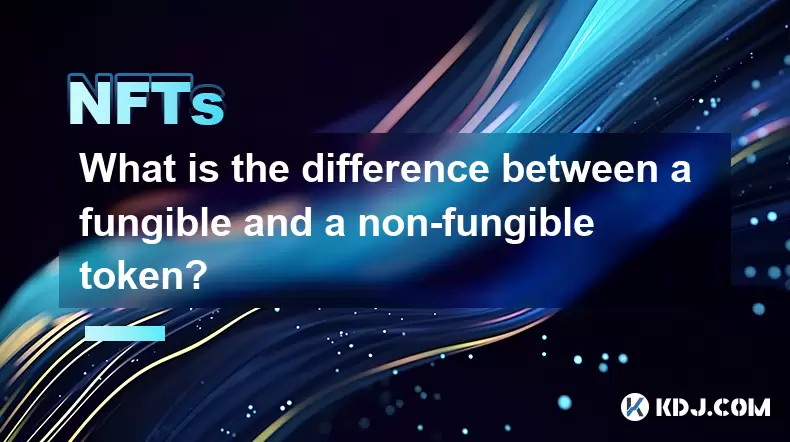
What is the difference between a fungible and a non-fungible token?
Aug 11,2025 at 12:07pm
Understanding Fungibility in Digital AssetsThe concept of fungibility is foundational to understanding both fungible and non-fungible tokens (NFTs) in...
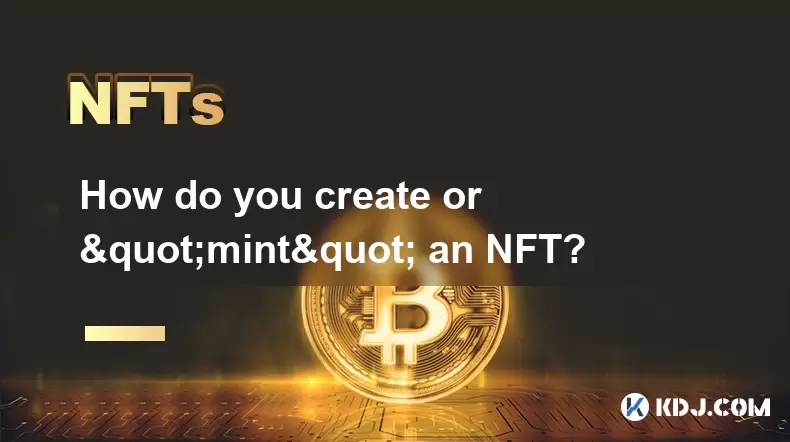
How do you create or "mint" an NFT?
Aug 09,2025 at 08:56pm
Understanding What an NFT Is Before MintingBefore diving into the process of creating an NFT, it's essential to understand what an NFT actually is. An...
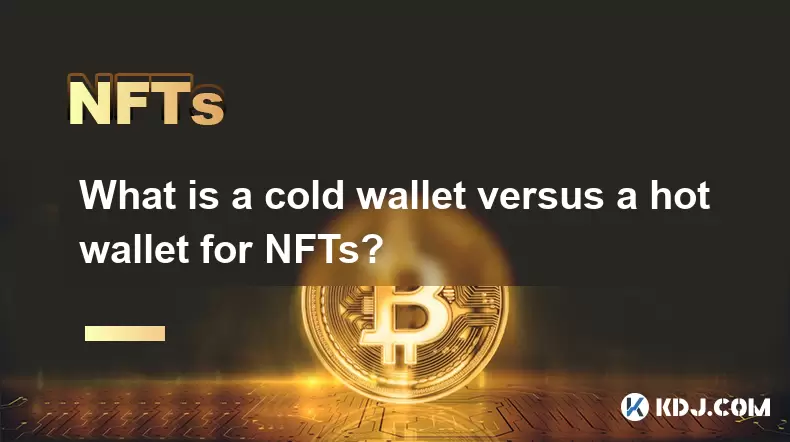
What is a cold wallet versus a hot wallet for NFTs?
Aug 10,2025 at 10:49pm
Understanding Cold Wallets and Hot Wallets in the NFT EcosystemIn the world of NFTs (Non-Fungible Tokens), digital ownership and security are paramoun...
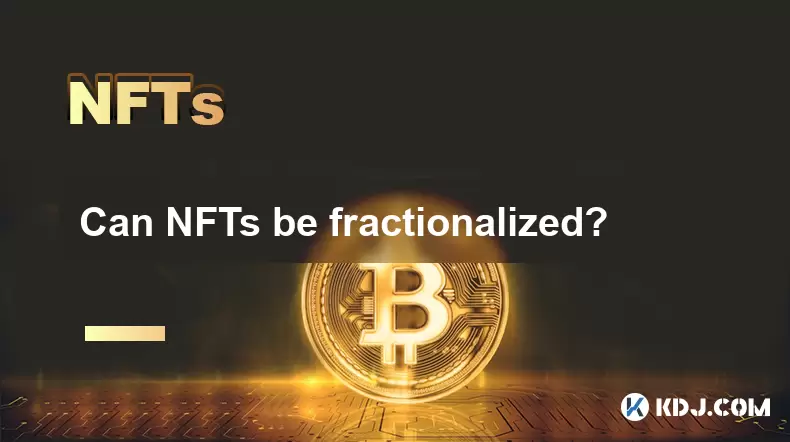
Can NFTs be fractionalized?
Aug 11,2025 at 12:07am
Understanding NFT FractionalizationNFT fractionalization refers to the process of dividing a single non-fungible token into multiple smaller, fungible...
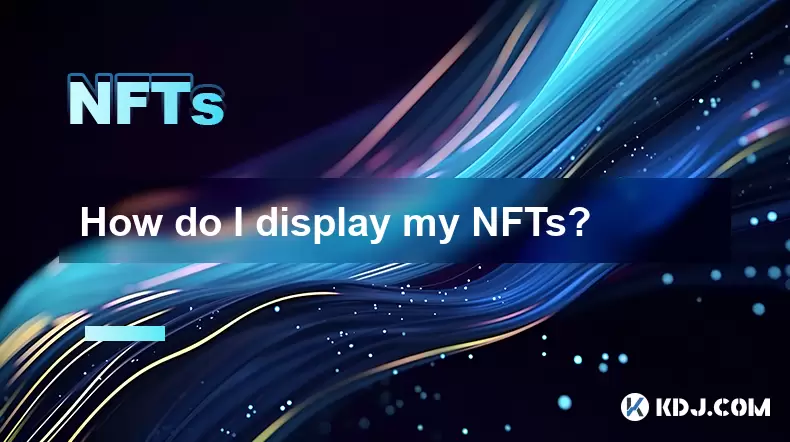
How do I display my NFTs?
Aug 09,2025 at 05:14pm
Choosing the Right Digital Wallet for NFT DisplayTo display your NFTs, the first essential step is selecting a compatible digital wallet that supports...
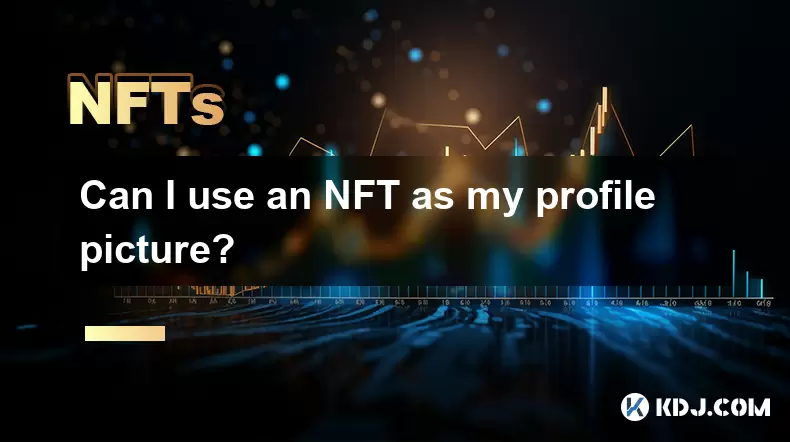
Can I use an NFT as my profile picture?
Aug 11,2025 at 12:01am
Understanding NFT Profile Pictures (PFPs)Yes, you can use an NFT as your profile picture, and this practice has become increasingly popular across soc...

What is the difference between a fungible and a non-fungible token?
Aug 11,2025 at 12:07pm
Understanding Fungibility in Digital AssetsThe concept of fungibility is foundational to understanding both fungible and non-fungible tokens (NFTs) in...

How do you create or "mint" an NFT?
Aug 09,2025 at 08:56pm
Understanding What an NFT Is Before MintingBefore diving into the process of creating an NFT, it's essential to understand what an NFT actually is. An...

What is a cold wallet versus a hot wallet for NFTs?
Aug 10,2025 at 10:49pm
Understanding Cold Wallets and Hot Wallets in the NFT EcosystemIn the world of NFTs (Non-Fungible Tokens), digital ownership and security are paramoun...

Can NFTs be fractionalized?
Aug 11,2025 at 12:07am
Understanding NFT FractionalizationNFT fractionalization refers to the process of dividing a single non-fungible token into multiple smaller, fungible...

How do I display my NFTs?
Aug 09,2025 at 05:14pm
Choosing the Right Digital Wallet for NFT DisplayTo display your NFTs, the first essential step is selecting a compatible digital wallet that supports...

Can I use an NFT as my profile picture?
Aug 11,2025 at 12:01am
Understanding NFT Profile Pictures (PFPs)Yes, you can use an NFT as your profile picture, and this practice has become increasingly popular across soc...
See all articles

























































































